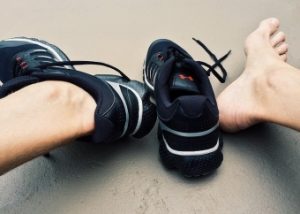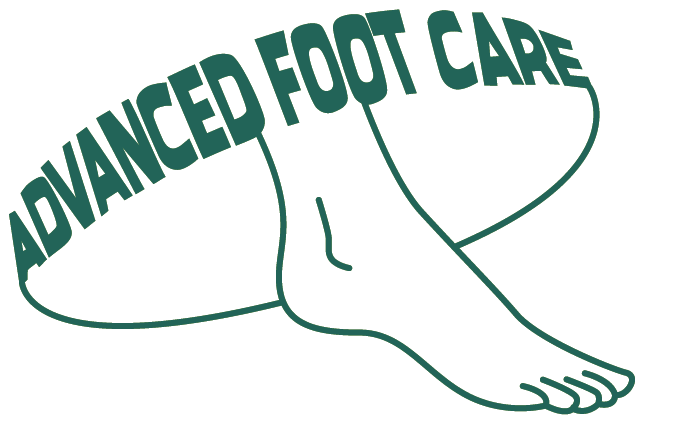Athlete’s Foot 101
 Athlete’s foot can be an annoying and uncomfortable condition, and despite its name, it’s not limited to athletes. If you think you may have contracted athlete’s foot, make an appointment with your podiatrist in Chicago to get an accurate diagnosis so that you get the right treatment. It’s especially important to see your foot doctor if you have recurring episodes of athlete’s foot to determine the cause. Here are some of the basic facts you need to know about this common condition.
Athlete’s foot can be an annoying and uncomfortable condition, and despite its name, it’s not limited to athletes. If you think you may have contracted athlete’s foot, make an appointment with your podiatrist in Chicago to get an accurate diagnosis so that you get the right treatment. It’s especially important to see your foot doctor if you have recurring episodes of athlete’s foot to determine the cause. Here are some of the basic facts you need to know about this common condition.
What exactly is athlete’s foot?
pod
Athlete’s foot is a fungal infection that is easily spread from one person to another. It got its name from the fact that many people who get the infection are exposed to it by walking barefoot in locker rooms and shared showers in gyms. If someone with athlete’s foot walks through the area barefoot, the people who follow can easily pick up the fungus and become infected. You can also get athlete’s foot by sharing shoes or socks with someone who is infected.
What are the symptoms?
For most people, the first clue that they have athlete’s foot is intense itching that is difficult to alleviate. You may also experience blisters, cracked skin, redness, and yellow toenails. Because these symptoms can also be caused by other foot conditions, including other kinds of foot fungus, getting an accurate diagnosis from your podiatrist is important, as different types of fungus may require different kinds of treatment.
How is athlete’s foot treated?
For mild cases, your podiatrist may recommend that you use topical antifungal sprays that are available over-the-counter. Generally, the earlier you begin treatment, the faster you can expect to recover. For more persistent cases, your foot doctor may also prescribe an oral antifungal medication. It can take several weeks for symptoms to clear up completely, and your doctor may recommend that you continue treatment for a period of time after your symptoms are gone to prevent a reoccurrence. It’s also important to wear shoes with good air circulation and to avoid walking barefoot in public spaces.
